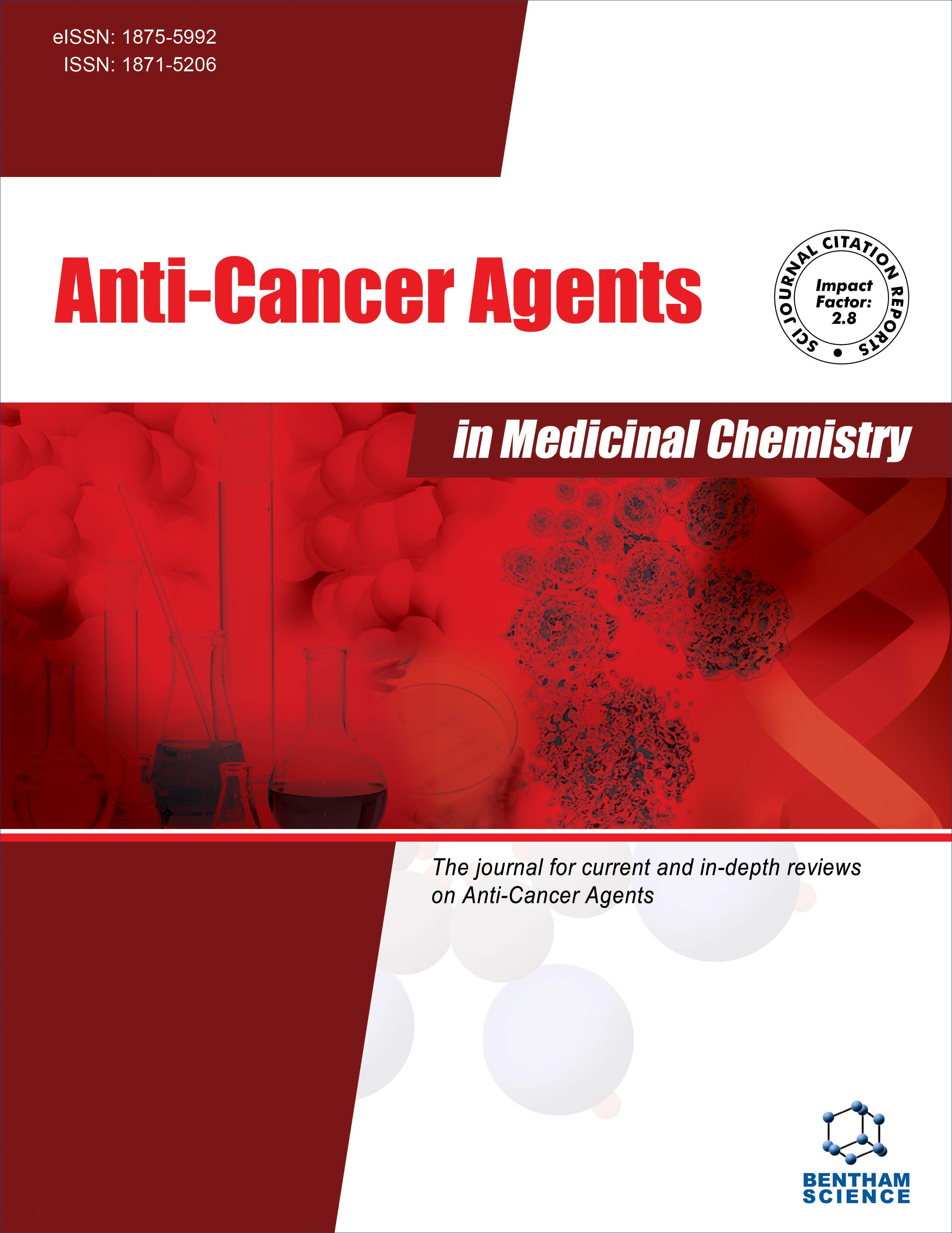
Full text loading...
Antibody-drug conjugates (ADCs) are a groundbreaking advancement in targeted cancer therapy, combining the precision of monoclonal antibodies with the potency of cytotoxic drugs. This review first outlines the components of ADCs and their mechanisms of action before providing a comprehensive overview of the current state of ADC technology. It covers both FDA-approved ADCs and those in various stages of clinical development, as well as future research directions. The review also explores recent innovations, such as bispecific antibodies and pro-body-drug conjugates, which offer promising new strategies for improving efficacy and minimizing off-target effects. The review emphasizes the need for ongoing research to optimize ADC design and develop novel approaches to enhance their therapeutic potential.

Article metrics loading...

Full text loading...
References


Data & Media loading...

